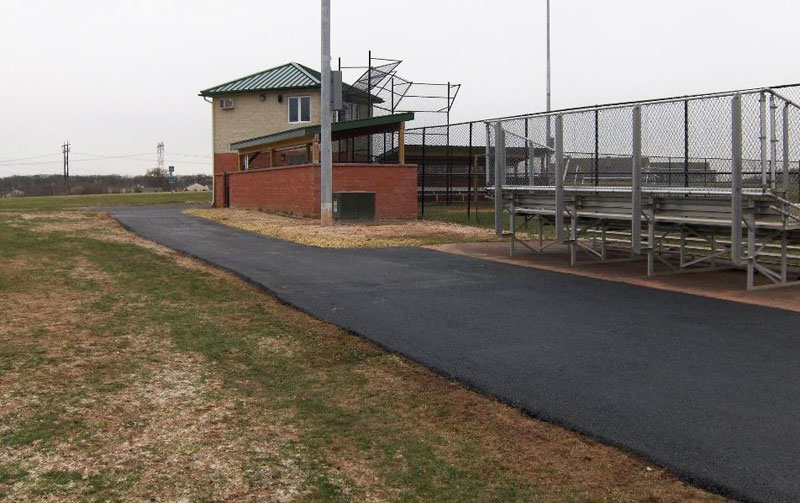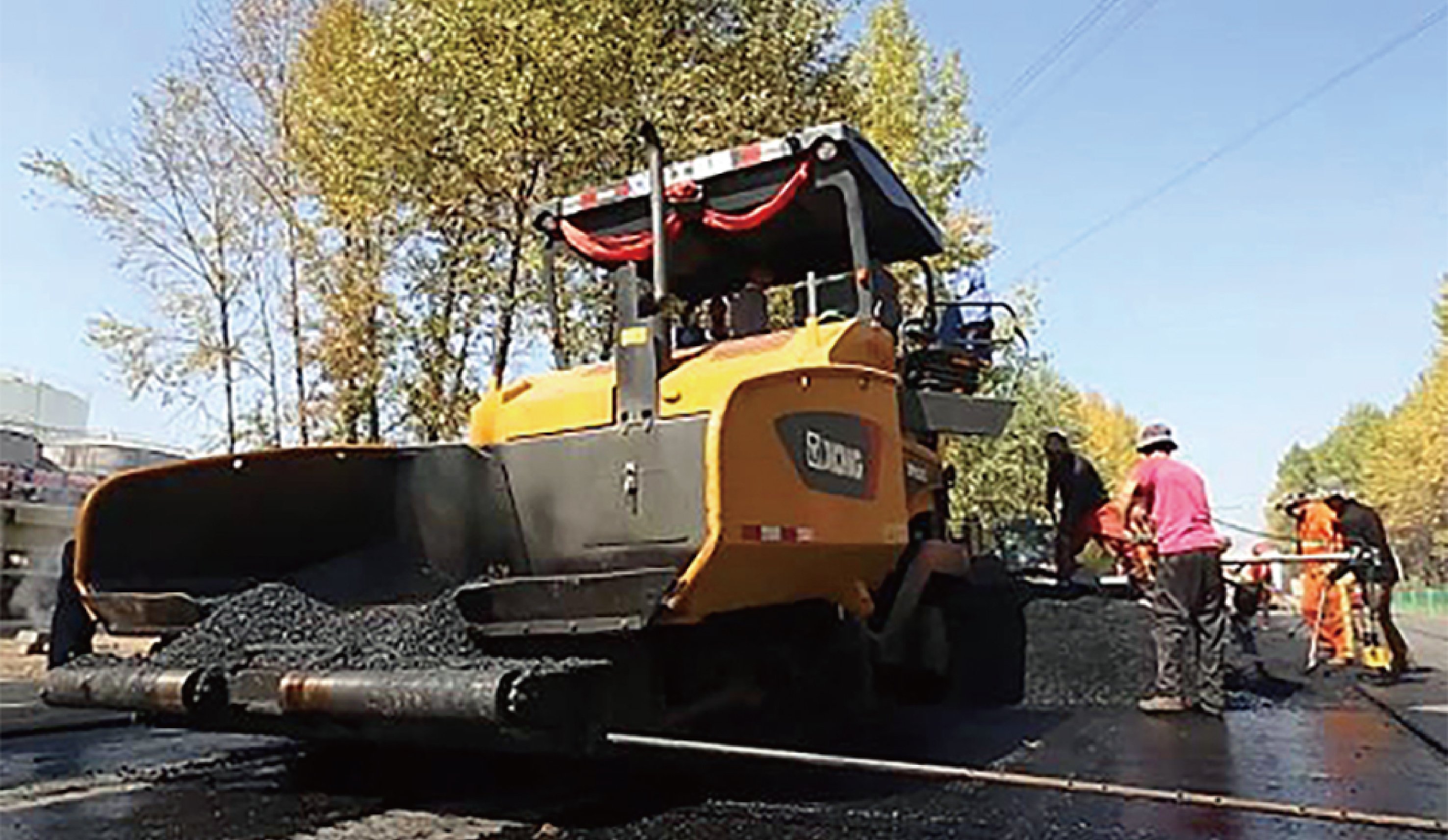An Unbiased View of A1 Professional Asphalt & Sealing Llc
An Unbiased View of A1 Professional Asphalt & Sealing Llc
Blog Article
Some Of A1 Professional Asphalt & Sealing Llc
Table of Contents10 Simple Techniques For A1 Professional Asphalt & Sealing LlcThe smart Trick of A1 Professional Asphalt & Sealing Llc That Nobody is DiscussingThe Ultimate Guide To A1 Professional Asphalt & Sealing LlcA1 Professional Asphalt & Sealing Llc Things To Know Before You Get ThisUnknown Facts About A1 Professional Asphalt & Sealing Llc

The oil in an automobile engine is not just oil. The REOB consists of all the ingredients that were in the waste oil as well as the wear steels from the engine (primarily iron and copper).
Nonetheless, by making several blends utilizing various REOB examples and different asphalt binders, the variants mostly can be balanced out. Numerous States offered examples of recognized REOB make-up to TFHRC scientists, who evaluated the samples to compare the percentage of included (recognized) REOB to the discovered (tested) amount. The evaluations showed a similar percent of added and discovered REOB.
More About A1 Professional Asphalt & Sealing Llc
None of those States realized that the asphalt they were acquiring contained REOB. One State insisted its samples had no REOB - https://www.figma.com/file/yzsVUjKAAMwHaseBWJlaDs/Untitled?type=design&node-id=0%3A1&mode=design&t=xf2tw9x6SpbE0IGO-1.
Of the 1,532 examples tested, 12 percent had REOB, and some had significantly high degrees of it at 1020 percent. The highest degree was 34 percent in an example from Texas, which TxDOT had actually made use of in a patching compound. This testing also exposed the visibility of phosphoric acid in 11 percent of the examples, and 2 percent had ground tire rubber.
2 years earlier at TRB's yearly meeting, the Federal scientists held an REOB workshop and presented the searchings for of their laboratory analyses to a standing room-only crowd. Although some firms do not particularly ban REOB, they do enforce physical tests that avert its useeffectively a restriction. a1 asphalt. Others do not ban it by specification, yet have arrangements with asphalt suppliers to stay clear of using REOB
All about A1 Professional Asphalt & Sealing Llc
A handful do permit REOB, some within specific restrictions. Ohio and Texas limit levels to much less than 5 percent of the asphalt. To develop a trustworthy examination approach that all States can use, the TFHRC researchers established a round-robin examination plan. The individuals are 11 State highway agencies (Illinois, Massachusetts, Minnesota, Mississippi, Montana, North Carolina, Oklahoma, South Carolina, Texas, Vermont, and Wyoming), 2 independent screening laboratories, the Ministry of Transportation in Ontario, Queen's College in Ontario, and an Ontario paving professional.
The participants are testing the examples independently making use of the guidelines provided by the TFHRC scientists. The result will be a recommended AASHTO test technique that any State can take on and use.
The pavement with REOB, which lies 0.6 mile (1 kilometer) from the sidewalk without REOB, has the same subgrade, web traffic thickness, and environment. Nevertheless, the section of Highway655 with 5 to 10 percent REOB revealed substantial splitting. In this example, the existence of REOB was the recognized source of splitting at a reduced temperatures.
A section of examination sidewalk in Minnesota (MN1-4) located to contain REOB additionally cracked too soon. The sidewalk performed Website well for the initial 3 to 4 years, but after that began to split.
The 7-Second Trick For A1 Professional Asphalt & Sealing Llc
The examinations were not considerable, but they revealed that at levels of 6 percent or more, the tensile toughness of the asphalt dropped dramatically. At a level of 3.5 percent REOB, the variant in the physical test approaches was above the effect of REOB. As a matter of fact, it was challenging for researchers to analyze whether REOB was present.

One binder specification taken into consideration is the distinction between the low temperature level crucial spec temperature level for stiffness (S) in the flexing beam rheometer and the bending beam of light rheometer creep incline (m-value) kept in mind as Tcritical. TC = TC (S) TC (m-value). Assessment of this parameter is still continuous. 2 independent research teams, one from AASHTO and the other from the Asphalt Institute, ended that more study is needed on making use of REOB in asphalt.
Formerly, all asphalt testing measured design buildings such as rigidity. These examinations do disappoint what materials had been added to the asphalt. One sample gotten throughout the TFHRC research study had a really unusual evaluation. The sample had the complying with test outcomes: Superpave PG 64-28 with a heat quality of 67.3 Tcritical on the flexing beam of light rheometer was 6.7 levels Celsius.

See This Report on A1 Professional Asphalt & Sealing Llc
These outcomes demonstrate there are weak points in the standard design testing protocols that might be made use of. The producer might have an economic advantage and the item passes all the standardized examinations, but the item may not be helpful to making certain long-term efficiency. To resolve this problem and the growth of brand-new asphalt ingredients and extenders, TFHRC is starting a study program to utilize portable spectroscopic devices, x-ray fluorescence spectroscopy, and Fourier change infrared spectroscopy to make it possible for analyses to be done in the field instead of needing to take samples back to the laboratory.
Report this page